Boeing, one of the world's leading aerospace companies, is under intense scrutiny yet again as the Federal Aviation Administration (FAA) launches an investigation into its 787 Dreamliner program. The probe follows allegations of misconduct by Boeing employees regarding crucial safety tests, raising concerns about the integrity of the aircraft's production process.
FAA Investigation Unveiled
The FAA disclosed on Monday its decision to initiate an investigation into Boeing's 787 Dreamliner program. The focus of the probe revolves around allegations that certain Boeing employees failed to conduct essential inspections to ensure adequate bonding and grounding where the wings join the fuselage of certain 787 Dreamliner airplanes. Moreover, there are suspicions that aircraft records may have been falsified, further exacerbating the severity of the situation.
Boeing's Response and Internal Oversight
In response to the allegations, Boeing has taken swift action, acknowledging the misconduct and promptly informing the FAA about the situation. Scott Stocker, who leads Boeing's 787 program, addressed the issue in an email to employees, admitting to violations of company policies regarding required tests. While Boeing asserts that the misconduct did not pose an immediate safety of flight issue, it is clear that stringent corrective measures are necessary to restore trust in the integrity of its production processes.
Broader Implications and Ongoing Challenges
The FAA's investigation comes at a challenging time for Boeing, as the company grapples with supplier shortages and production delays in its 787 Dreamliner program. A recent slowdown in production and deliveries underscores the complexity of the issues Boeing faces, with quality control and manufacturing practices coming under increased scrutiny.
Criminal Investigation and Prior Incidents
This latest development adds to Boeing's woes, as it navigates a criminal investigation by the Justice Department into a mid-air emergency involving a Boeing 737 MAX 9 aircraft. The incident, which occurred on January 5, raised concerns about the adequacy of Boeing's safety protocols and documentation practices, with the National Transportation Safety Board highlighting key bolts missing from a plane delivered months earlier.
Conclusion
As Boeing confronts yet another setback, the aviation industry watches closely, emphasizing the critical importance of maintaining rigorous safety standards and upholding transparency in aircraft manufacturing. The outcome of the FAA investigation and Boeing's subsequent actions will not only shape the future of the 787 Dreamliner program but also influence broader perceptions of aviation safety and corporate accountability.
With Inputs from Reuters
Read next
Spirit Airlines, known for its ultra-low-cost model, is facing turbulent times ahead as it grapples with a myriad of challenges affecting its financial health and operational efficiency. Despite a surge in travel demand, the airline finds itself in the midst of significant headwinds, including grounded aircraft, overstaffing, and intense pricing pressures in key markets. This article delves into the various issues plaguing Spirit Airlines and explores the company's strategies to navigate through the storm.
Grounded Aircraft and Engine Woes
A critical blow to Spirit Airlines' operations stems from a snag with RTX's Pratt & Whitney Geared Turbofan (GTF) engines, leading to the grounding of a substantial portion of its fleet. The airline anticipates that up to 40 aircraft will be out of service this year, with projections indicating an even more dire situation in 2025, with an estimated 70 jets grounded. This setback not only disrupts the carrier's growth trajectory but also exacerbates its financial woes.
While the engine manufacturer, Pratt & Whitney, has committed to compensating Spirit Airlines for the incurred losses, the impact on the company's earnings remains significant. Scott Haralson, Spirit's Chief Financial Officer, emphasized the gravity of the situation, acknowledging that the engine issues cannot be understated. The ongoing disruptions not only strain the airline's bottom line but also necessitate measures such as pilot furloughs and cost-cutting initiatives to mitigate the financial fallout.
Financial Strain and Debt Management
Spirit Airlines finds itself at a crossroads concerning its financial stability, compounded by looming debt maturities in 2025 and 2026. Despite constructive discussions with bondholders, concerns persist regarding the airline's ability to manage its debt obligations amidst a challenging operating environment. The postponement of aircraft deliveries, negotiated with planemaker Airbus, provides temporary relief but underscores the urgency of addressing underlying financial vulnerabilities.
To bolster its cash reserves, Spirit Airlines aims to capitalize on compensation for grounded aircraft, deferred jet deliveries, and targeted cost-saving measures, projecting an improvement of $450 million to $550 million in cash levels for 2024. However, the efficacy of these measures hinges on the airline's ability to navigate through the prevailing market dynamics and restore profitability.
Pricing Pressures and Market Dynamics
In addition to engine-related setbacks, Spirit Airlines contends with excess capacity in key markets, precipitating aggressive fare discounting to stimulate demand. The proliferation of leisure market capacity further intensifies pricing pressures, necessitating strategic route adjustments and capacity realignment to safeguard pricing power. Despite these efforts, the airline anticipates a decline in total revenue per seat mile and adjusted operating margin in the second quarter, reflecting the pervasive challenges confronting the industry.
Conclusion
As Spirit Airlines confronts a confluence of challenges ranging from grounded aircraft to financial strain and pricing pressures, its resilience and strategic agility are put to the test. The path forward entails decisive action to address operational inefficiencies, optimize cost structures, and fortify financial resilience. While uncertainties loom on the horizon, Spirit Airlines remains steadfast in its commitment to weather the storm and emerge stronger in the ever-evolving aviation landscape.
With Inputs from Reuters
Read next
In a significant projection by CRISIL, Indian airlines are poised to soar to new heights in the realm of international air travel by the fiscal year 2027-28. With a forecasted surge in their market share to a staggering 50%, the report highlights the strategic maneuvers and inherent advantages propelling this growth trajectory.
Rising Share in International Passenger Traffic
CRISIL's report underscores the exponential growth trajectory of Indian carriers in the international arena. From a modest 43% share in the previous fiscal year, Indian airlines are anticipated to grasp up to half of the country's international air passenger traffic by 2027-28. This remarkable ascent is attributed to the deployment of additional aircraft, expansion of routes, and the superior domestic connectivity offered by Indian carriers compared to their foreign counterparts.
Strengthening Business Profiles
As Indian airlines carve a larger slice of the international travel pie, their business profiles are set to strengthen significantly. International air travel is deemed more profitable than the domestic segment, marking a lucrative opportunity for Indian carriers to bolster their financial standings and operational capabilities.
Post-Pandemic Paradigm Shift
The COVID-19 pandemic catalyzed a paradigm shift in consumer behavior and spending patterns. With increasing disposable incomes, easing visa requirements, and a growing number of airports, Indians are exhibiting a burgeoning inclination towards international leisure travel. This shift, coupled with enhanced air travel connectivity, has propelled the resurgence of India's international passenger traffic, surpassing pre-pandemic levels.
Government's Tourism Hub Agenda
The government's concerted efforts to position India as a hub for tourism are expected to further augment inbound traffic. This strategic focus aligns with the overarching goal of bolstering the country's tourism sector and leveraging its rich cultural heritage and diverse attractions to attract global visitors.
Aircraft Expansion and Route Diversification
Indian airlines have embarked on an ambitious trajectory of expansion, with the addition of 55 new international routes over the past 15 months alone. These routes, spanning popular long-haul destinations in the United States, Europe, and Australia, aim to optimize flying time and enhance passenger convenience. Moreover, strategic partnerships and codeshare agreements with major global airlines facilitate seamless onward connectivity for passengers.
Inherent Advantages and Geographic Positioning
Indian airlines possess inherent advantages over their foreign counterparts, including superior domestic connectivity and the ability to offer end-to-end international connectivity from tier 2 and tier 3 cities. Additionally, India's strategic geographic location lends itself well to air connections between the Europe, Middle East, and Africa (EMEA) and Asia Pacific regions, positioning the country as a pivotal hub for international travel.
Investments in Fleet Expansion
To capitalize on the burgeoning international travel demand, Indian airlines are investing in widebody and long-range narrow-body aircraft for network expansion. The introduction of new international routes and long-haul non-stop flights to key destinations underscores their commitment to meeting evolving passenger needs and preferences.
Conclusion
As Indian airlines chart a course towards dominance in the international air travel landscape, their concerted investments, strategic partnerships, and inherent advantages position them as formidable players on the global stage. With a projected compound annual growth rate (CAGR) of 14-15% in the international segment over the next four fiscal years, Indian carriers are poised to redefine the contours of international air travel and emerge as key catalysts in India's aviation growth story.
Read next
In a looming showdown between management and staff, a section of permanent engineers at the state-owned Air India Engineering Services Limited (AIESL) has issued a stern warning: address our salary concerns or face industrial action. With tensions mounting, the question arises: why are these engineers considering such drastic measures?
The Grievances and A History of Discontent
The crux of the issue lies in the delayed implementation of revised salary payments. The forum representing approximately 1,700 staff members at AIESL contends that despite a wage revision agreement signed in January, their long-pending salary adjustments have not been honored. These engineers, encompassing aircraft maintenance engineers, service engineers, and allied cadre unions, have been vocal about their dissatisfaction, citing discrimination and unfair labor practices.
This discontent has been brewing for years, with the forum highlighting a lack of wage revision for over 15 years. The January agreement was seen as a watershed moment, aiming to resolve longstanding grievances and end protracted litigations. However, the failure to implement the agreement has reignited frustrations among the permanent employees.
Perceived Discrimination and Recent Developments
Adding fuel to the fire is the perceived preferential treatment towards contractual employees. The forum alleges that while commitments have been made to provide arrears to contractual staff, permanent employees continue to be sidelined. This perceived discrimination has further exacerbated tensions within the company.
The threat of industrial action comes less than three weeks after a warning of possible "industrial unrest" if the salary issues remained unaddressed. This indicates a growing sense of urgency among the affected engineers. Furthermore, the withdrawal of a strike by the union representing Fixed Term Employment (FTE) staff last month after reaching a settlement highlights the volatility of the situation.
The Path Forward and Final Thoughts
As the May 24 deadline approaches, the ball is in the court of AIESL management. Failure to heed the demands of the engineers could result in disruptions to operations, affecting not only AIESL's ability to serve its primary client, Air India, but also other airlines that rely on its engineering services.
The standoff between AIESL management and its permanent engineers underscores the challenges facing state-owned enterprises in addressing employee grievances. At stake are not just salary adjustments but also issues of fairness, equality, and labor rights. As both sides dig in their heels, the looming specter of industrial action raises questions about the future stability of the company and its ability to maintain essential aviation services. The resolution of this conflict will not only shape the immediate future of AIESL but also have broader implications for labor relations in India's aviation industry.
Read next
Has SriLankan Revolutionized Aircraft Maintenance with AMOS NewGen MRO System?
Abhishek Nayar
07 May 2024
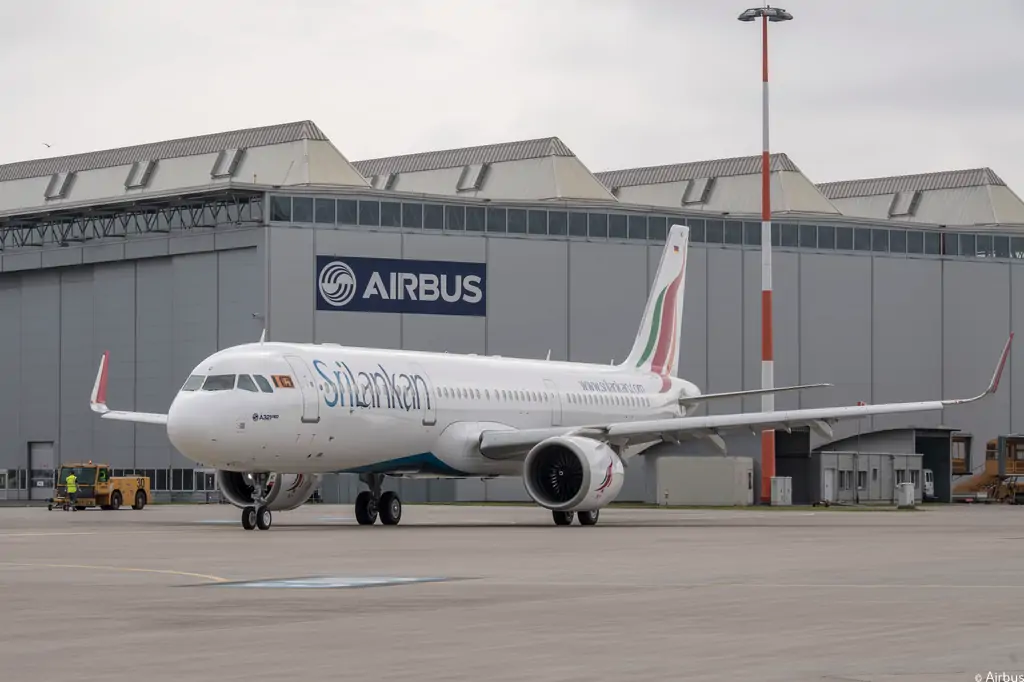
SriLankan Airlines has embarked on a significant modernization endeavor by integrating the AMOS NewGen MRO System, developed by Swiss-AS, into its aircraft maintenance operations. This strategic move reflects the airline's commitment to embracing cutting-edge technology to enhance efficiency and uphold safety standards in Maintenance, Repair, and Overhaul (MRO) activities.
A Game-Changing Collaboration
The collaboration between SriLankan Airlines and Swiss-AS signifies a pivotal shift in the approach to aircraft maintenance management. By leveraging the capabilities of AMOS, SriLankan Engineering aims to streamline processes, optimize resource utilization, and ultimately deliver superior service to its customers.
"The integration of AMOS is a transformative step for SriLankan Airlines. It's not just about upgrading our systems; it's about revolutionizing the way we conduct aircraft maintenance," says Arjuna Kapugeekiyana, Head of Engineering at SriLankan Airlines.
Transitioning to Advanced Technology
Transitioning from legacy systems to the advanced AMOS platform was a meticulous process that demanded extensive planning and execution. Over the course of several months, the integration of AMOS involved navigating the complexities of data migration and system implementation.
"This transition represents a significant milestone for us. It required meticulous planning and coordination to ensure a seamless integration," remarks Kapugeekiyana.
Realizing the Digital Vision
For SriLankan Airlines, the adoption of the AMOS NewGen MRO System represents a significant step towards realizing its digital vision. By embracing digitalization and automation, the airline aims to optimize processes, reduce operational costs, and enhance overall efficiency.
"Implementing AMOS is not just about adopting new technology; it's about transforming our entire approach to aircraft maintenance," emphasizes Chamara Perera, Group Head of Information Technology at SriLankan Airlines.
Sophisticated Features and Functionalities
The AMOS platform offers a comprehensive suite of sophisticated features and functionalities designed to meet the complex demands of modern aircraft maintenance operations. From inventory management to scheduling and tracking, AMOS provides real-time visibility and control over critical assets and resources.
"AMOS provides us with the tools we need to make informed decisions and optimize our maintenance processes," explains Kapugeekiyana.
Proactive Resource Planning
One of the key advantages of the AMOS system is its ability to facilitate proactive resource planning. By accurately forecasting manpower and material requirements, SriLankan Airlines can minimize downtime, reduce Aircraft on Ground (AOG) occurrences, and maintain optimal inventory levels.
"With AMOS, we can proactively plan our resources and ensure that we have everything we need to keep our fleet operational," says Kapugeekiyana.
Empowering Engineers and Technicians
The AMOSmobile/EXEC software extension empowers engineers and technicians at SriLankan Airlines by providing them with a user-friendly, mobile solution for managing maintenance tasks. With features such as electronic work instructions and digital sign-offs, the AMOSmobile app streamlines workflows, reduces paperwork, and improves collaboration across teams.
"The AMOSmobile app has revolutionized the way our engineers and technicians conduct maintenance tasks. It's made their jobs easier and more efficient," notes Perera.
Conclusion
The integration of the AMOS NewGen MRO System marks a significant milestone in SriLankan Airlines' journey towards digital transformation. By embracing advanced technology and innovative solutions, the airline is redefining the future of aircraft maintenance management, driving efficiency, reducing costs, and ensuring the highest standards of safety and quality. With the collective expertise and dedication of its team, SriLankan Airlines is poised to lead the way in shaping the future of aviation maintenance.
Read next
Alaska Air Group, amidst the aftermath of a temporary grounding of its 737 MAX 9 jets, has announced a substantial boost in compensation from Boeing. The aviation giant has issued $61 million in supplier credit memos, supplementing the $162 million cash compensation received earlier.
This development follows a series of events triggered by a mid-air cabin panel blowout experienced by an Alaska Airlines-operated MAX 9 jet in January. Let's delve deeper into the implications of this compensation and its significance for both Alaska Air Group and Boeing.
Alaska Air Group's Compensation
In the wake of the temporary grounding initiated by the U.S. Federal Aviation Administration (FAA), Alaska Air Group faced significant financial repercussions. The grounding affected 171 of its 737 MAX 9 aircraft for approximately three weeks. To address the financial strain incurred during this period, Boeing has extended $61 million in supplier credit memos to Alaska Air Group. These memos are earmarked for future purchases from Boeing, offering a strategic advantage to the airline.
Boeing's Response to the Incident
Boeing's proactive stance in compensating affected airlines underscores its commitment to customer satisfaction and safety. Notably, Alaska Air Group is not the sole beneficiary of Boeing's compensation efforts. United Airlines, another prominent customer, faced similar challenges following the grounding of its 737 MAX 9 fleet.
United temporarily suspended service on all 79 of its MAX 9 aircraft, incurring a staggering $200 million hit in the first quarter. In response, Boeing has initiated compensatory measures to alleviate the financial burden borne by United Airlines.
Implications for Alaska Air Group and Boeing
The injection of $61 million in supplier credit memos into Alaska Air Group's coffers signifies a significant financial reprieve for the carrier. These memos not only mitigate the immediate financial strain but also empower Alaska Air Group to make strategic investments in future aircraft acquisitions from Boeing. Moreover, Boeing's swift and substantial compensation reflects its commitment to restoring trust and fostering long-term partnerships with its customers.
For Boeing, the compensation initiative represents a proactive approach to crisis management and customer relations. By promptly addressing the financial damages incurred by its customers, Boeing aims to safeguard its reputation and reinforce its commitment to safety and quality standards. Additionally, the issuance of supplier credit memos serves as a strategic move to ensure continued business collaboration and loyalty among its clientele.
Conclusion
The recent announcement of $61 million in supplier credit memos from Boeing marks a significant milestone in Alaska Air Group's journey to recovery from the temporary grounding of its 737 MAX 9 jets. This injection of funds not only alleviates immediate financial strain but also positions the carrier for strategic growth opportunities.
Furthermore, Boeing's proactive compensation measures underscore its dedication to customer satisfaction and partnership. As both Alaska Air Group and Boeing navigate the aftermath of the MAX 9 grounding, this episode serves as a testament to the resilience and adaptability of the aviation industry in overcoming challenges and fostering sustainable growth.
With Inputs from Reuters


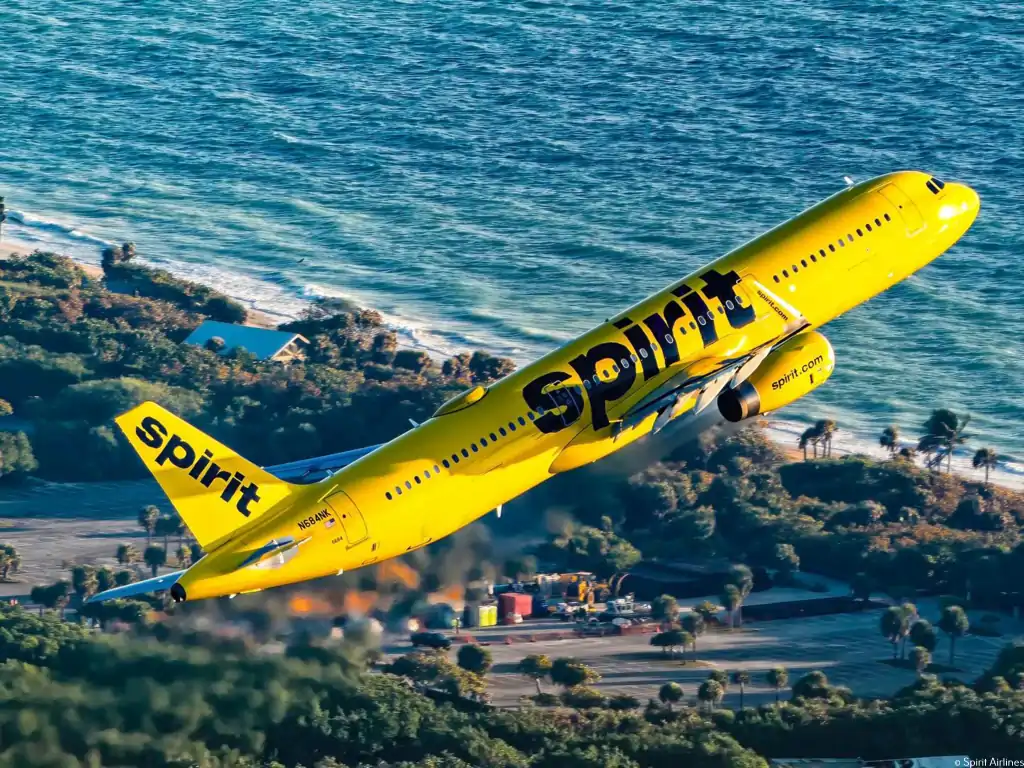
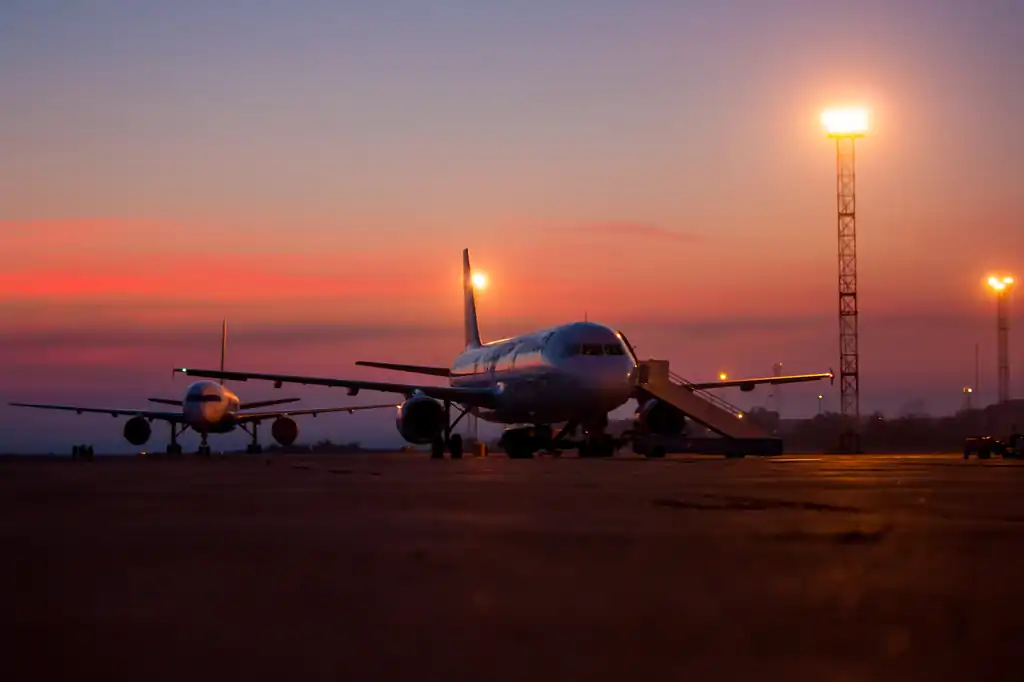
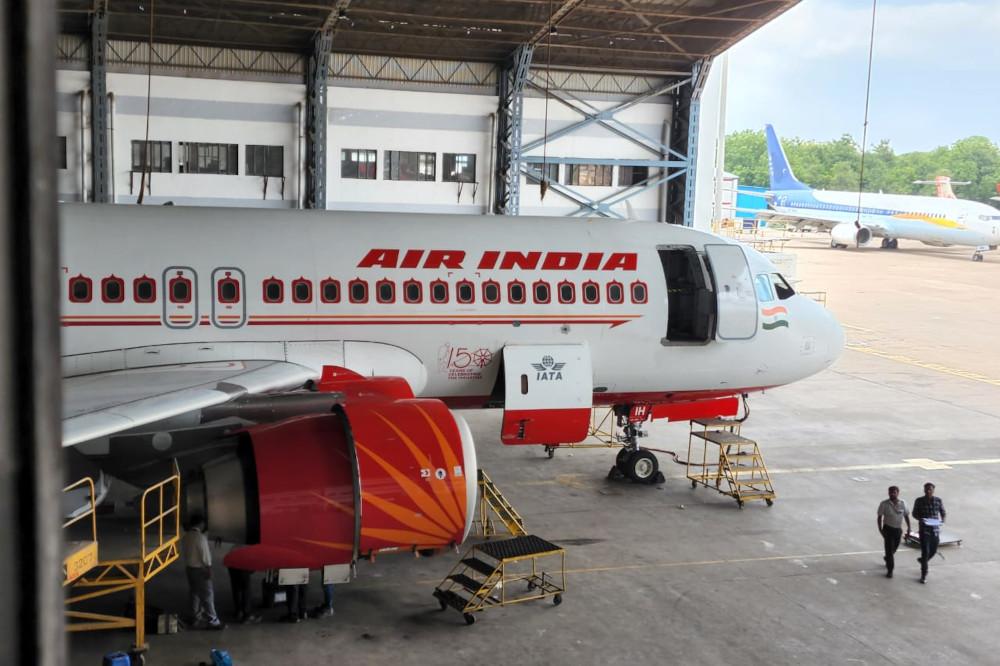
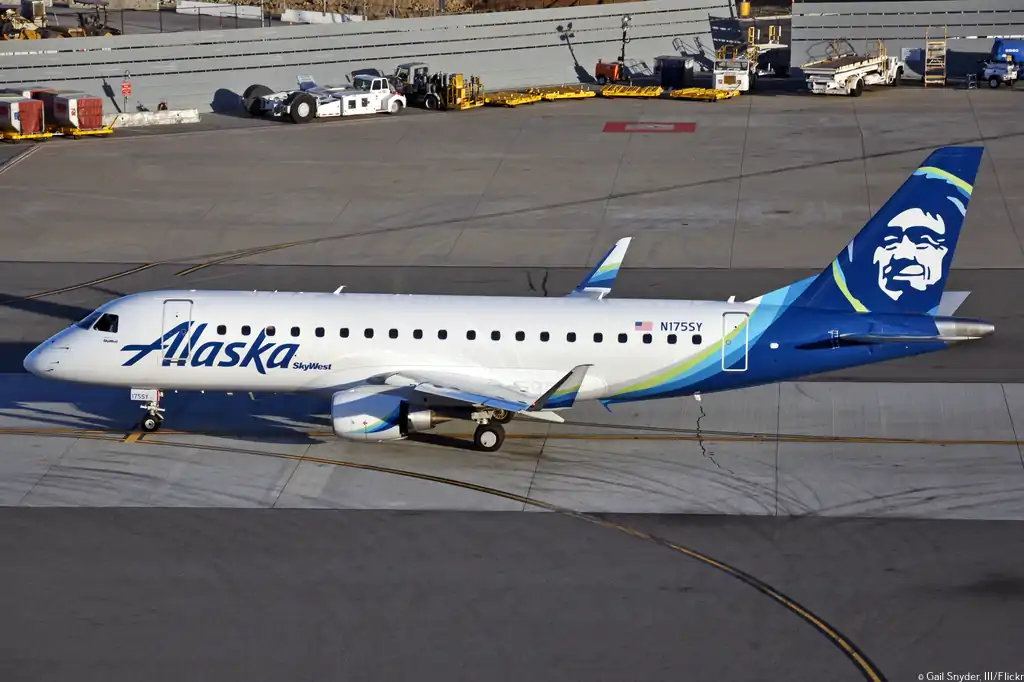
Comment